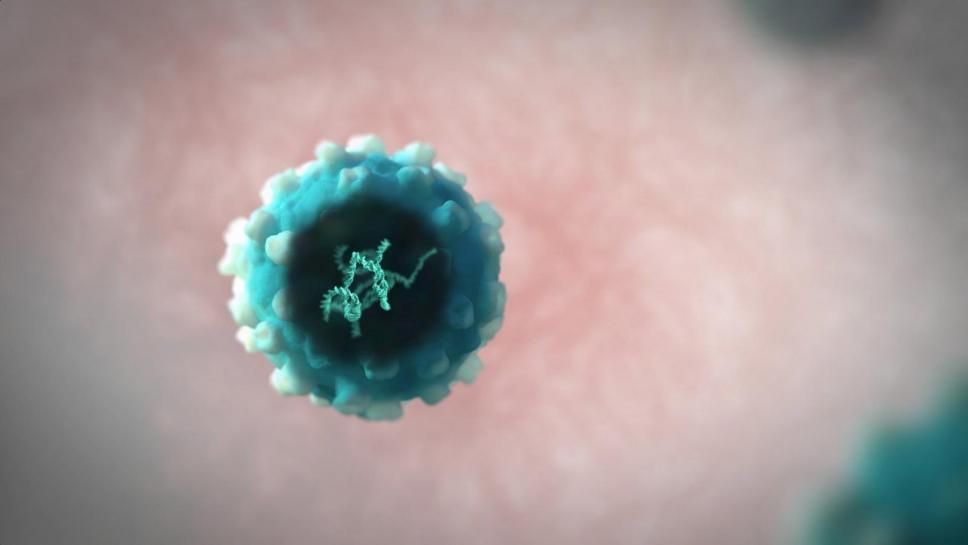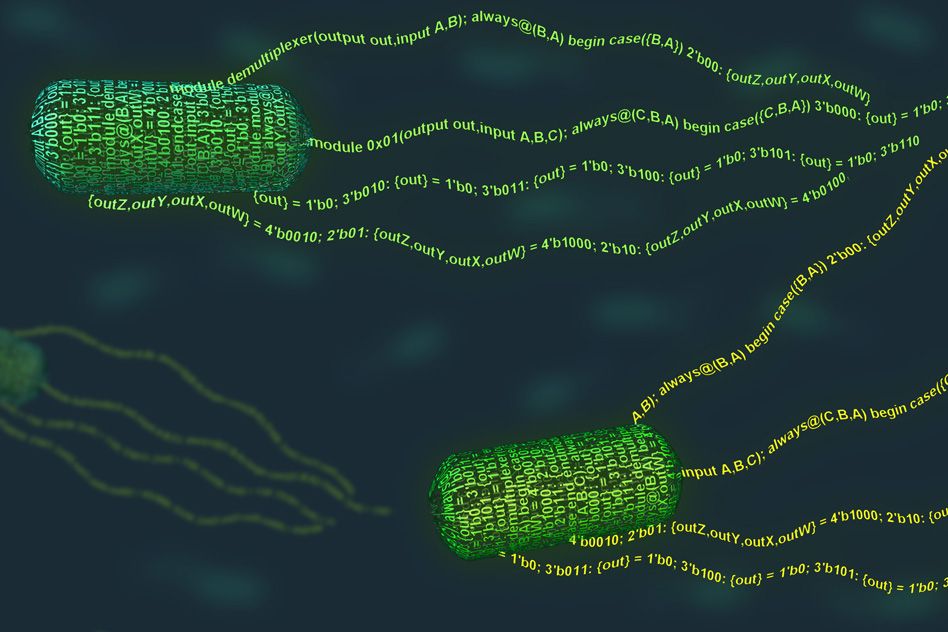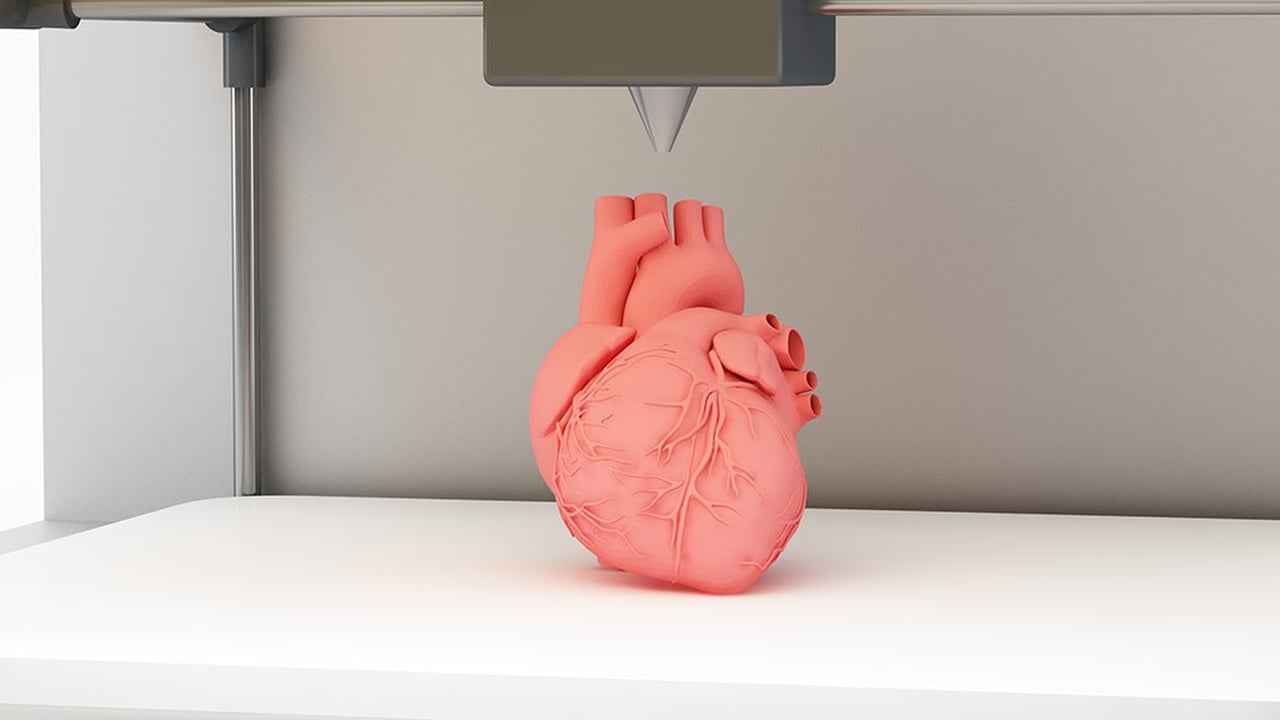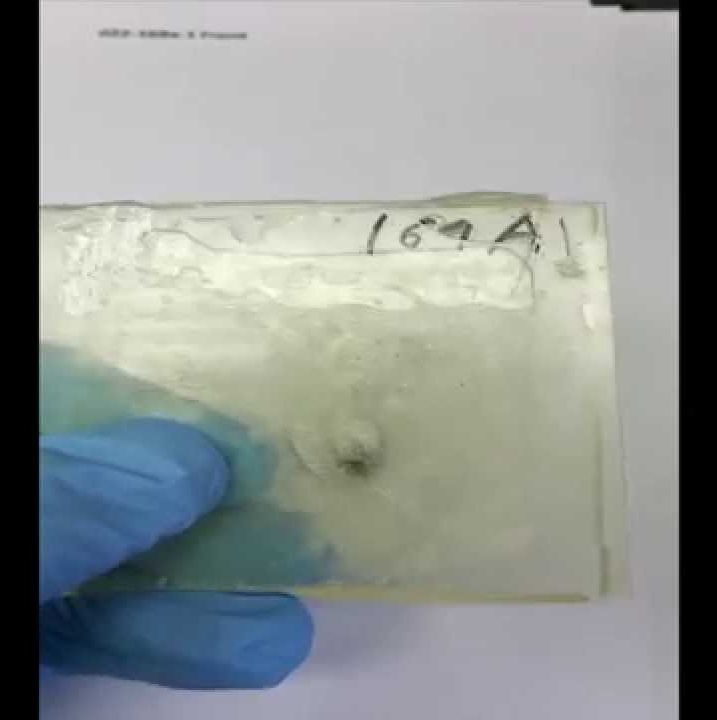
1st of many steps in the gene editing oversight.
PRINCETON, N.J., March 29, 2016 /PRNewswire/ — WIRB-Copernicus Group® (WCG™), one of the world’s leading providers of solutions that measurably improve the quality and efficiency of clinical research, today announced that it has assembled a team of world-renowned experts to advise the company regarding the latest advances in gene therapy research. The WCG Gene Therapy™ Advisory Board will convene today in Princeton, NJ.
“Human gene therapy is one of the fastest-growing areas of medical research, and also one of the most promising,” said WCG Chairman and Chief Executive Officer Donald A. Deieso, Ph.D. “The advances made by scientists and clinicians in the field of gene therapy have enabled us to target disease at the genetic level, redefining the concept of precision medicine.” He added, “More than that, gene transfer researchers have succeeded – over the course of a single lifetime – in transforming the world’s most persistent and lethal viruses into disease-fighting allies in the quest to improve human health.”
Continue reading “WIRB-Copernicus Group Establishes WCG Gene Therapy Advisory Board” »


















